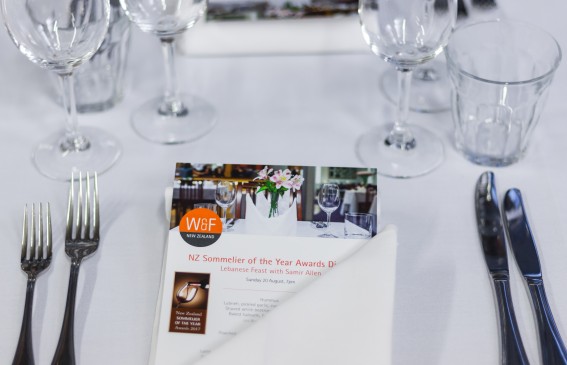Hobson Bay Adventure
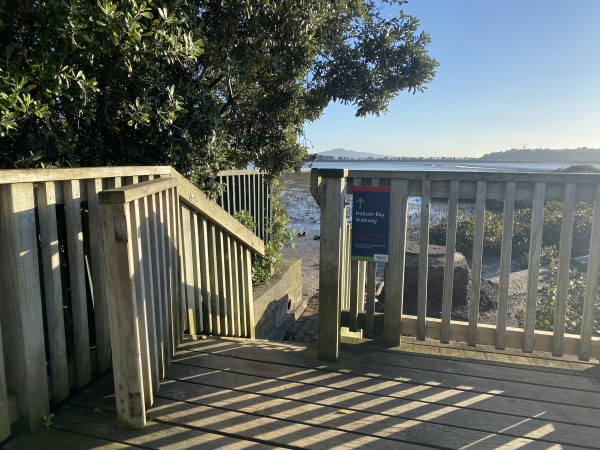
Hobson Bay walkway entrance.
Running along the coastline, shielded from the Waitemata by Tamaki Drive, lies the Hobson Bay Walkway. This urban adventure can be joined at a number of access points; from Shore Road and also via flights of steps that lead down to the bay from a series of Parnell streets. Some parts of the walkway are tidal and require manoeuvring over sand and stones, silty mud or under low hanging bows of pōhutukawa. Other parts are approached over a series of formed paths and built-up wooden boardwalks.
I have been fortunate, through this extended lockdown, to have time to observe the walkway in more detail and am captivated by this natural world at our doorstep.
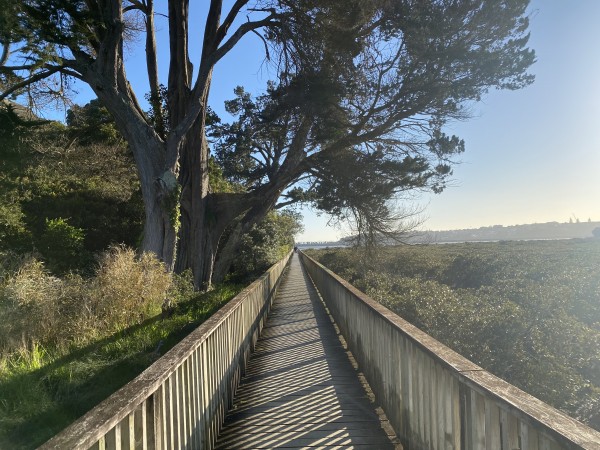
Hobson Bay wooden boardwalk.
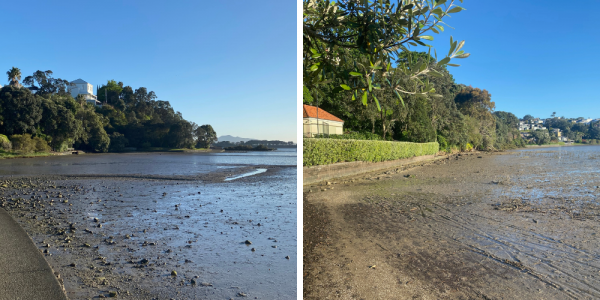
Hobson Bay scenic view.
There are distinct and separate sections of the walkway: from Orakei to Victoria Avenue and from Shore Road to near Resolution Park. The two boardwalks enable you to walk across the mangroves and observe the tidal mud sands in comfort. Often bounded by pōhutukawa, which flower from November to January, the boardwalks offer a unique vista of these magnificent trees.
Parking near the Parnell Cricket Club on Shore Road, you can walk west through the park to join the boardwalk. My advice is to pick an outgoing tide and then it is possible to continue around the coast for 15 – 20 minutes. Past the concrete treatment structures, at the foot of the Logan Terrace steps, is where the adventure really starts.
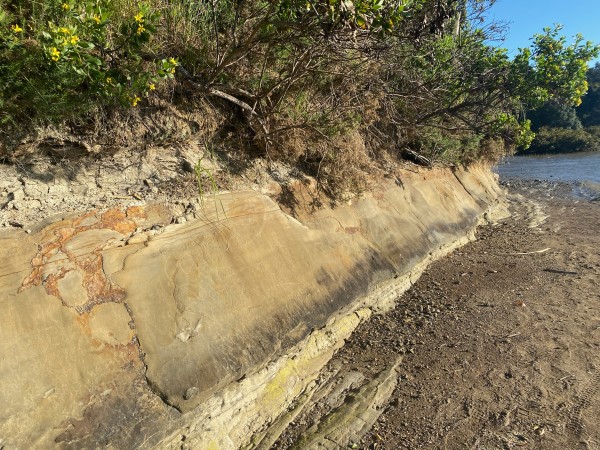
Molten lava now solidified under the branches and bricks.
Walking along the shore, under branches and over bricks you can find examples of Auckland’s volcanic heritage. Tongues of smooth molten lava now solidified, intriguing stones with bubble marks, sandstone with delicate seams of iron, rusted in the weather.
Avoid the two small bridges that have been built to traverse pōhutukawa trees as they are now in need of repair so you must duck under branches on tidal flats. The next exit/access point is through the Awatea Reserve at the foot of Awatea Terrace. You can then keep walking along the shore towards Resolution Point however damage to the track beyond Awatea means that eventually you will need to turn around as the track was never completed around the headland to Taurarua Judges Bay. Something for the future…
Low tide is most intriguing as you see the carved channels from the streams that flow into the bay. In a downpour the storm waters gush from the hillsides and their suburban sources.
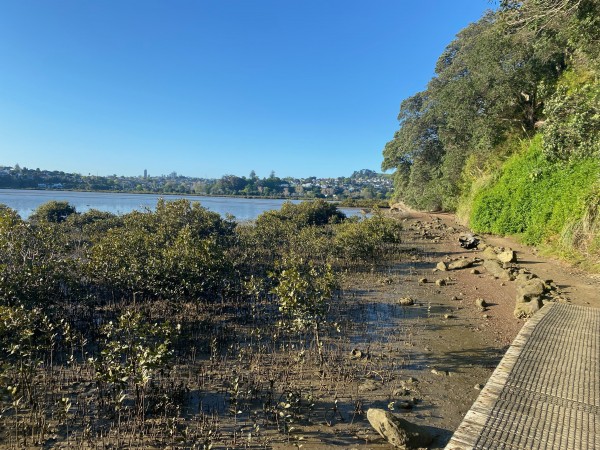
Looking back at Mount Hobson.
To the south, you look to Mount Hobson and to the north, Rangitoto Island; to the east Orakei and the historic boat sheds.
Amongst the trees, a mixture of natives including totara, tī kōuka (cabbage tree), mahoe, kawakawa (you could pluck a few leaves to steep at home in boiled water for kawakawa tea) and introduced species, there is an active birdlife.
Tūī, easily recognisable by the white tuff on their throat, and a melodic birdsong punctuated with coughs and grunts. Riroriro (Grey warbler) has a delicate, high pitched, long, trilled song that is easily recognisable. Pūkeko, the purple swamp hen, is often found amongst the mangroves. The pied stilt, with elegant long legs wades across the mudflats at low tide.
A selection of gulls, blackbirds, sparrows and sometimes the small green parakeet, Kākāriki, easy to recognise from its bright colours as it darts in and out of trees. The grey spotted dove, introduced to New Zealand in the 1920s, with a soft coo, coo voice.
You can get to the Hobson Bay Walkway in the following ways:
Train - Eastern Line to Orakei
Bus - 755, 781
Car - ample parking along Shore Road or access via the streets that drop down to the bay from St Stephens Avenue
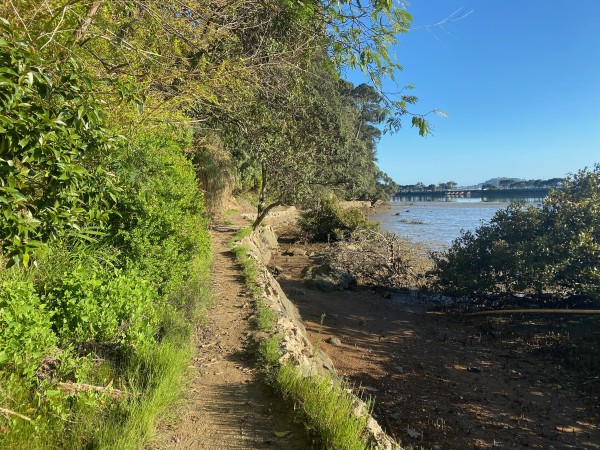
Further to the Resolution park (no exit)


